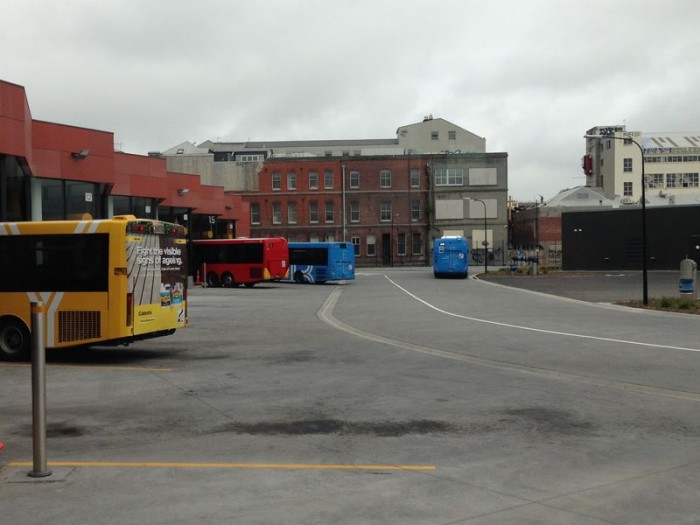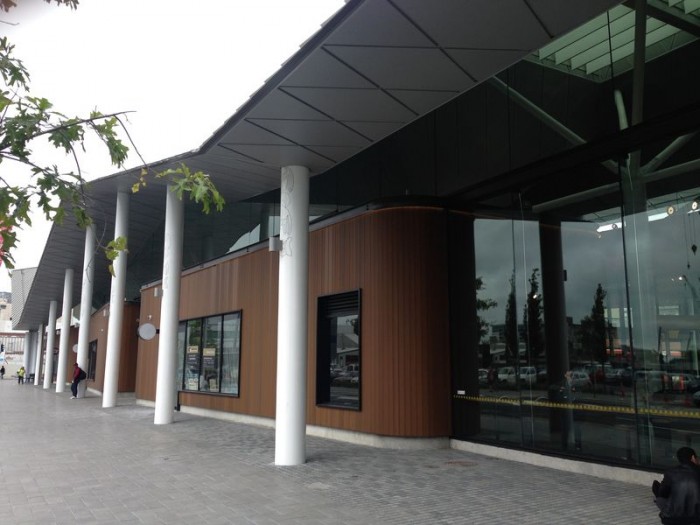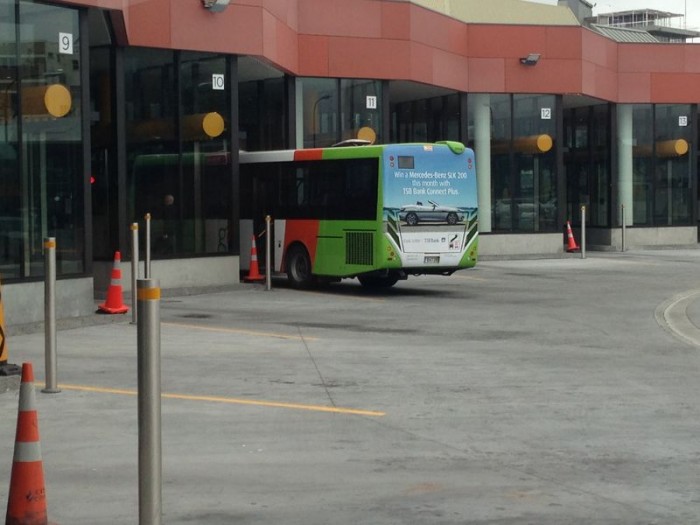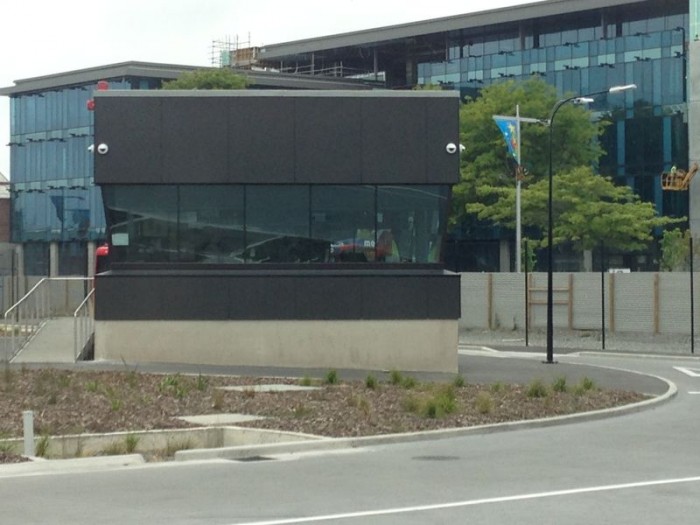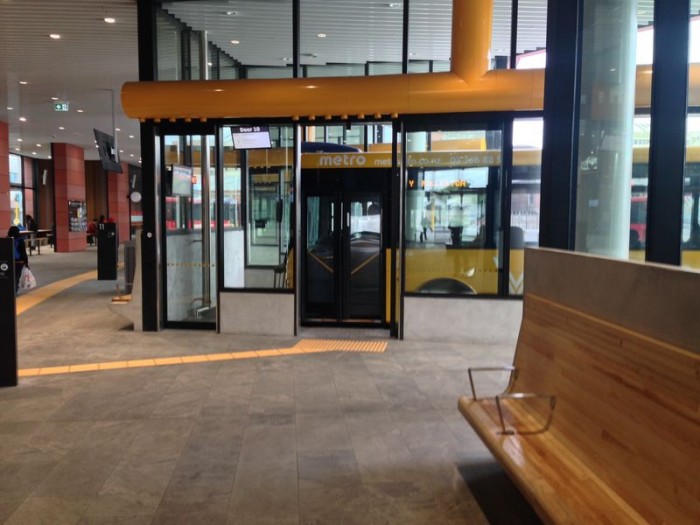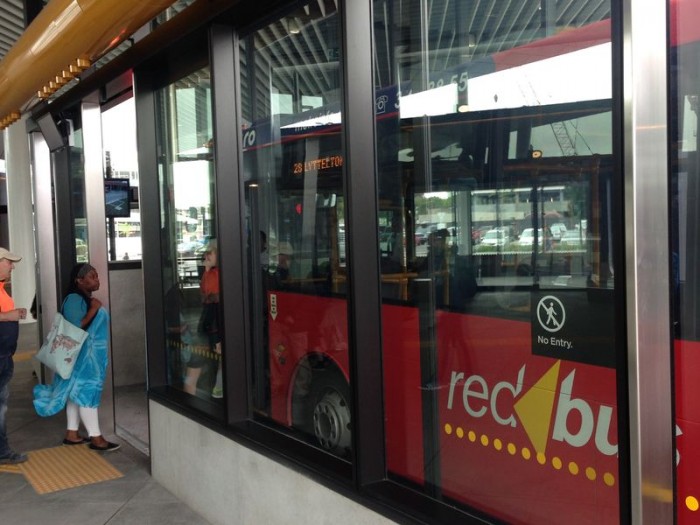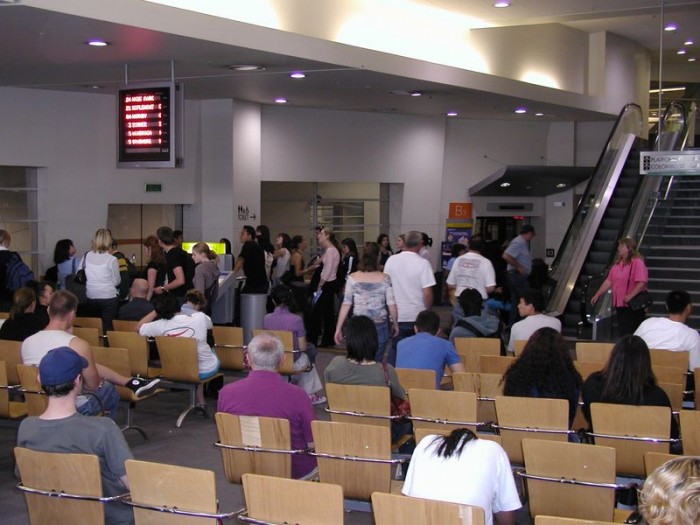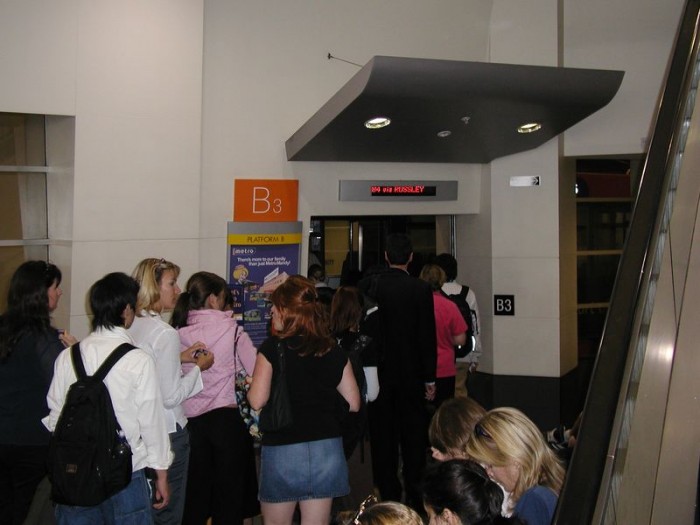This guest post is by Ron Kilcoyne, general manager of Lane Transit District in Eugene, Oregon and formerly the head of transit in Bridgeport, Connecticut and Santa Clarita, California.
The flurry of speculation about the future of autonomous vehicles is mostly ignoring a signficant downside: the impact on vehicle miles travelled (VMT). Safety and congestion resonate with people while VMT doesn’t. Yet reducing per capita VMT is also essential for combating climate change. The potential increase in VMT when self-driving cars become prevalent could negate any congestion reduction benefit. Indeed it could be far worse than today.
Reducing VMT or per capita VMT is usually viewed as restricting individual freedom. But is it? If high quality pedestrian and bicycle infrastructure and high quality transit service is provided, individuals have attractive choices to driving and many use them. Add to this mix car sharing, bike sharing and transportation network companies (TNC) like Uber and Lyft and many households are choosing to go car free or reduce the numbers autos owned without sacrificing mobility and accessibility.
Much has been written about autonomous cars in this blog and elsewhere. Countless predictions on the impact autonomous vehicles have been voiced – and they are probably all wrong. One good analysis on the introduction of autonomous vehicles is here, Zipcar founder Robin Chase has a heaven or hell scenario here.
Autonomous vehicles will not eliminate the need for high capacity transit (and Jarrett makes this case here) and we should be concerned that opponents of transit investment will use the prospect of autonomous vehicles as a reason not to invest in transit.
But the real concern is on the impact on society and the communities in which we live. Will the trend toward walkable communities and more active transportation be thwarted? Will we become a more isolated society moving about in our autonomous pods? Will sprawl spread? And to the main point, how much will VMT growth inhibit efforts to combat climate change. Even electric vehicles contribute to climate change if the electricity comes from fossil fuels, and fast growing VMT implies accelerated road construction, with its own environmental impacts.
No one knows how fast autonomous vehicle availability and use will occur. But let's focus on two of the most discussed impacts of the growth in autonomous vehicle penetration in urban areas:
- reducing the amount of land devoted exclusively to the movement and storage of automobiles (a benefit) and
- the increase of Vehicle Miles Travelled (VMT), causing inevitable pressure to pave more of the earth (a negative);
The former will only occur, and the latter will only be tamed, if we price the movement and storage of vehicles correctly.
Improper pricing of automobile use and storage has put public transportation at a disadvantage since the end of WWII and maybe even longer than that. There is plenty of literature that makes the case for proper pricing of road space, but as impressive as these arguments are there is little public support to increase the cost of driving or storing a car. Without public support there will not be political support.
Car sharing and bike sharing have been growing over the past few years. The prevalence of these options result in some households shedding an car and using alternatives, including using transit more frequently. Indeed the two are mutually supportive. It is likely that households will reduce the number of cars they own (some may become car free while others will reduce the number of vehicles owned) if they have choices including a good car share program and good transit service.
If car ownership declines, and trips using shared cars are accurately priced, then individuals are more inclined to walk, bike or use transit when those modes are attractive alternatives. High-ridership transit, in particular will still be cheaper than shared cars. Therefore it is in the transit industry interest to partner, promote and facilitate growth of the sharing economy, but also to ensure that these services are priced fairly. If so, the sharing economy and high-ridership transit should be the best of friends, offering complementary services at different price points and often connecting with one another.
Shared autos, whether in the Zipcar or Uber model are still not paying anywhere near the cost of using road space. Once autonomous vehicles enter the picture, ZipCar and Uber will become indistinguishable. Articles such as the one referenced at the beginning of this blog make an appealing prognosis about the potential to repurpose significant chunks of urban land but fail to acknowledge the impact of increased VMT.
If VMT grows dramatically we may find that the promises of freeing our cities of parking craters an illusion. And for the same reason widening roads doesn’t end congestion – induced demand — the promises that autonomous vehicles will end congestion could be just as fleeting. Therefore the need to properly price road usage and parking spaces; and to include externalities such as greenhouse gas emissions (tailpipe for liquid fuels or at the source for electricity) becomes more imperative.
Any combination of greenhouse gas tax, vehicle mile traveled tax, weight –distance tax, congestion pricing, or variable tolls can accomplished this if priced properly. However getting any of these fees enacted is daunting. Opponents of ending auto subsidies are much more effective in framing the issue in ways that appeal to the average citizen. The human inclination to resist change and oppose paying are also on their side. Yet we have seen sea changes in societal attitudes happen in our life time – some take decades (smoking); others less than a decade (gay marriage). In this case we don’t have the luxury of waiting decades.
Individuals and organizations that care about climate change, the quality of our urban spaces, and protecting open space need to brainstorm on how to frame this issue to build the needed political support to accurately price road and parking space usage. We can start by using the comment section by focusing on how we can accomplish this rather than giving reasons why we can’t.
To keep our cities moving and not overrun with vehicles, we need high quality transit in an autonomous vehicle world. Most modeling relating to the impact of autonomous vehicles indicates an increase in VMT even in scenarios that assume the availability of high quality high capacity transit. Unless the number of people arriving at a destination equals the number of people leaving at the same time there will be a lot empty autonomous vehicles moving about going to their next trip. If we can call up a vehicle wherever we are and, and if use of street space is heavily subsidized enabling these services to be inexpensive, induced demand will overwhelm our road network even with these vehicles travelling closer together.
With parking taking up to 25% of the space in our communities large and small and road space another 25% or more, the prospect of reducing this is very appealing. One futurist claims we can reduce the need for parking by 80%. That may seem fantastical but even a 10% reduction in land devoted to parking can result in more green space, housing and employment opportunities in our cities without destroying the character of existing neighborhoods and allowing cities and small communities to grow preventing sprawl.
This can only happen if road space is properly priced, and if we invest in high quality pedestrian and bicycle infrastructure and high quality transit service. The question we need to think about and answer is how do we succeed in getting pricing and investment decisions right.
